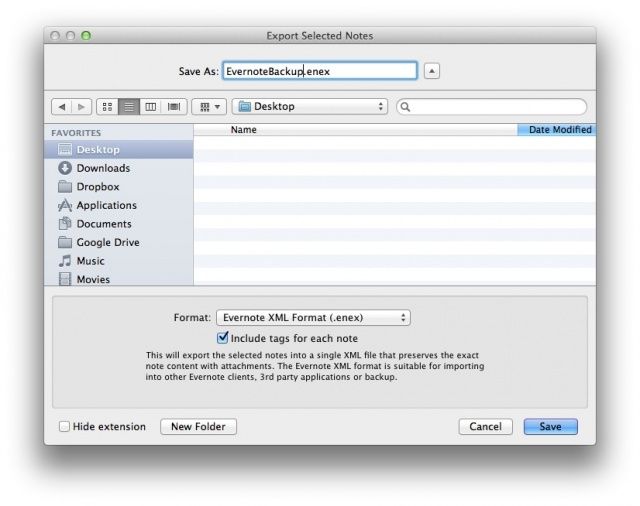

- Xml backup reader for mac how to#
- Xml backup reader for mac pdf#
- Xml backup reader for mac software#
SVG (Scalable Vector Graphics) files can be opened by most web browsers (except Internet Explorer before version 9) and most vector graphics software. Note: If you want to create images that show only parts of the score (with or without screen-only items such as frame boxes, invisible notes, and out-of-range note colors), use Image capture instead.
Xml backup reader for mac software#
PNG (Portable Network Graphics) files are based on a bitmap image format, widely supported by software on Windows, Mac OS, and Linux, and very popular on the web.
Xml backup reader for mac pdf#
This is a very widely-used format and most users will have a PDF viewer of some kind on their computers. PDF (Portable Document Format) files are ideal for sharing your sheet music with others who do not need to edit the content.

MuseScore can export a score as a graphic file in either PDF, PNG or SVG format.
Xml backup reader for mac how to#
See also How to recover a backup copy of a score. Note: In order to see the MuseScore backup files, you may need to change your system settings to "Show hidden files".

untitled.mscz," to " untitled-backup1.mscz"). As it is stored in the same folder as your normal MuseScore file, you may also need to give it a unique name (e.g. untitled.mscz,"), and the period and comma need to be removed from the name in order to open the backup file in MuseScore. if your normal file is called " untitled.mscz", the backup copy will be ". The backup file adds a period to the beginning of the file name (. The backup copy contains the previously saved version of the MuseScore file and can be important if your normal copy becomes corrupted, or for looking at an older version of the score. *.mscx,)īackup files are created automatically and saved in the same folder as your normal MuseScore file. It can be opened with a text editor, allowing the user access to the file's source code. A score saved in this format will retain all information, except images. MSCX is the uncompressed version of the MuseScore file format. mscx files and includes any images the score may contain and a thumbnail. The format is a ZIP-compressed version of. A score saved in this format takes up very little disk space, but preserves all the necessary information. MSCZ is the standard MuseScore file format and recommended for most uses. If a system does not have the fonts specified in your original file, MuseScore will use a fallback option, which may cause your score to appear differently. If you want your MuseScore file to be viewed by other MuseScore users, make sure you are using the built-in Edwin (since version 3.6), FreeSerif, or FreeSans font families for your text, or a font that the other parties have installed too. Notice the point (full stop) added before the file name, and the comma added to the file extension.Ī note about fonts: MuseScore does not embed text fonts in saved or exported native format files. *.mscx: An uncompressed MuseScore file format, mainly used for debugging or storing in a versioning system.Being compressed it takes up relatively little disk space. *.mscz: The default MuseScore file format.MuseScore saves files in the following native formats: MuseScore can import and export a wide variety of file formats, allowing you to share and publish scores in the format that best meets your needs.


 0 kommentar(er)
0 kommentar(er)
